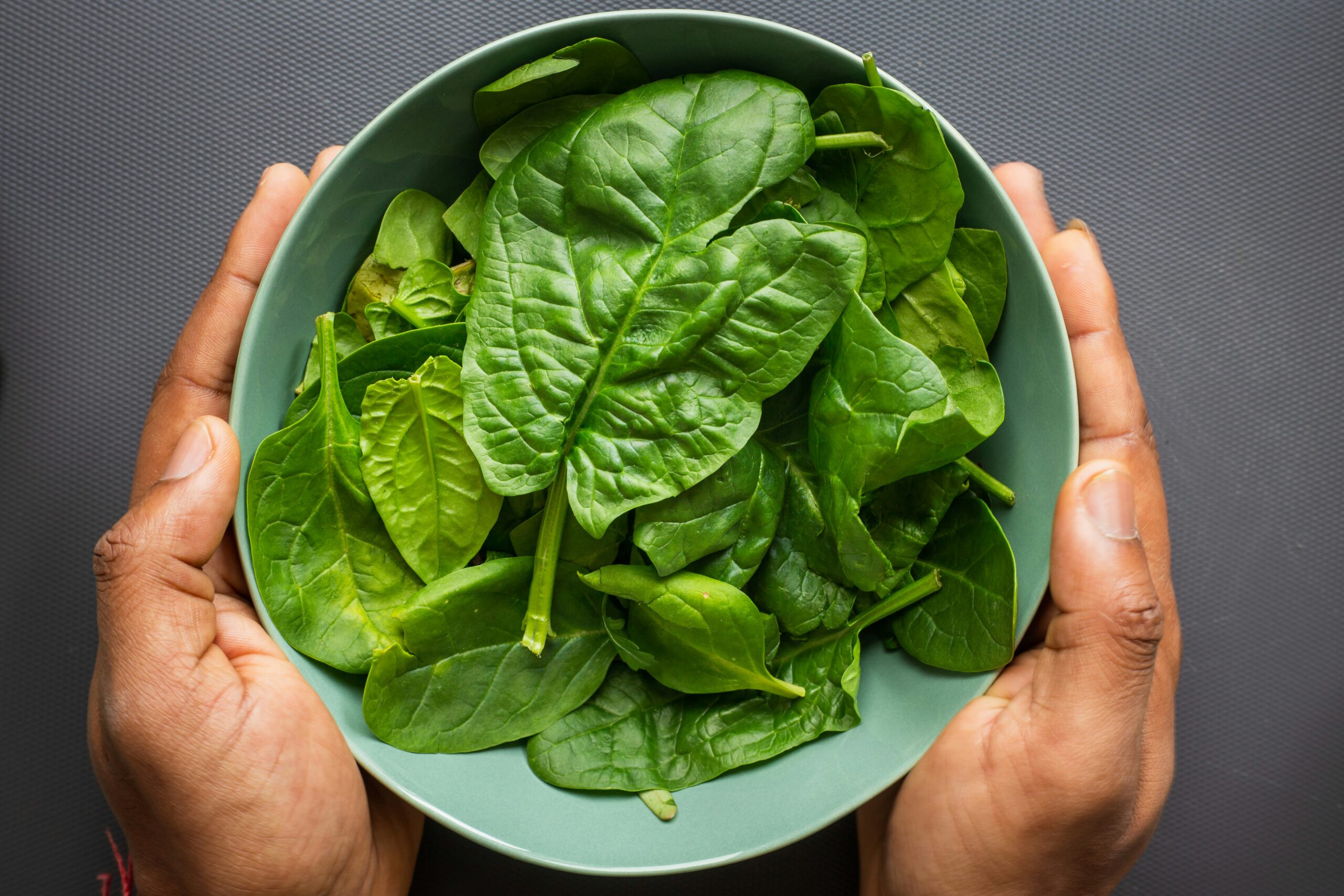Listening to someone utter the word “inflammation” will likely create an impression of a catastrophic medical situation, such as redness or swelling that needs an immediate response. But everyone must remember there’s more than meets the eye. So, what is inflammation?
Inflammation naturally occurs as part of the body’s immune response. When your body fights an infection or injury, it sends inflammatory cells to the rescue. It is a complex natural response involving different body systems (immune system, blood vessels, and signaling molecules). The purpose of inflammation is to eliminate the cause of cell injury, clear out damaged cells and tissues, and initiate tissue repair.
However, an inflammation that lingers and stays for a while, called chronic inflammation, is a different story. Chronic inflammation is a persistent inflammation that damages tissues and organs over time, leading to various health-altering issues, including heart disease, diabetes, and arthritis.
Fortunately, certain foods and cooking techniques with anti-inflammatory properties can help support overall wellness. Incorporating these ingredients into your diet can reduce inflammation and promote a healthier lifestyle.
The Role of Anti-Inflammatory Foods in Wellness

Understanding the underlying causes of chronic inflammation is crucial for managing and preventing its harmful effects. Lifestyle controllable factors, such as diet, exercise, and stress management, play a significant role in modulating inflammation.
The anti-inflammatory diet is focused on reducing inflammation in the body, as chronic inflammation is associated with adverse health issues.
The anti-inflammatory diet emphasizes consuming whole, unprocessed foods rich in nutrients and antioxidants. These include fruits, vegetables, whole grains, lean proteins, and healthy fats. An anti-inflammatory diet integrated into your lifestyle can lessen the risk of developing these conditions and improve overall health.
Fruits with Anti-Inflammatory Properties
Berries
Berries like blueberries, blackberries, and raspberries have long been recognized for their delicious taste and vibrant colors, but did you know that they also contain powerful anti-inflammatory properties?
Types and Benefits
- Anthocyanins: This phytochemical creates deep red, purple, and violet pigments. This component has been linked to reduced inflammation and may help manage inflammatory conditions.
- Vitamin C: Berries are a good source of vitamin C, which contains antioxidant properties and can contribute to reducing inflammation.
- Quercetin: Raspberries are rich in quercetin treatment of blood vessels and heart conditions. Also, it has anti-inflammatory and antioxidant properties. It may help in reducing inflammation and protecting against chronic diseases.
- Ellagic Acid: Strawberries contain almost 96% of ellagic acid. This compound has been studied for its anti-inflammatory and antioxidant properties. It may help in reducing inflammation and preventing oxidative stress.
Cherries

Cherries, although small, have gained attention for their potential anti-inflammatory benefits. To be specific, tart cherries have been found to contain high levels of antioxidants.
Types and Benefits
- Anthocyanins and Quercetin: Anthocyanins are potent antioxidants responsible for the fruit’s vibrant red color. These compounds have been studied for their anti-inflammatory effects. Together with quercetin, they work to combat inflammation at a cellular level. Also, both help to neutralize harmful free radicals and reduce the development of inflammatory molecules in the body.
- Pain Relief: Experts indicate that tart cherries may have pain-relieving properties for individuals with gout or arthritis, where inflammation and pain are common symptoms.
- Levels of C-reactive Protein: Research-driven data found that consuming cherries reduced C-reactive protein levels, a key marker of inflammation, in the blood.
Pomegranates
Pomegranate is a fruit recognized for its potential health benefits, including its potent anti-inflammatory effects. Scientifically known as Punica granatum, it is a fruit that has been revered for its medicinal properties for centuries.
Types and Benefits
- Anti-Inflammatory Enzyme: The anti-inflammatory properties of pomegranate are relatively linked to its rich content of antioxidants, particularly punicalagin. These compounds have been shown to reduce the production of inflammatory markers in the body, such as cytokines and C-reactive protein.
- Ellagic Acid, Anthocyanins, and Flavonoids: These compounds work synergistically to fight inflammation by neutralizing free radicals and reducing oxidative stress.
- Punicic Acid: This is a type of fatty acid (omega 5) found in pomegranate seeds. Studies showed its anti-inflammatory effects that may contribute to the overall anti-inflammatory properties of pomegranates.
Vegetables for Inflammation Reduction
Leafy Greens

Leafy vegetables are often considered excellent choices for
an anti-inflammatory diet due to their rich content of various nutrients and compounds linked to anti-inflammatory effects.
Types and Benefits
- Antioxidants: Leafy vegetables, such as broccoli, spinach, and kale, are packed with essential nutrients and antioxidants that help combat inflammation. You can also gain more insights about antioxidants in raw food.
- Sulforaphane: This is an antioxidant-rich in broccoli that decreases inflammation production by reducing your levels of nuclear factor kappa B and cytokines.
- Lutein: Spinach is rich in the anti-inflammatory antioxidant Lutein. Lutein decreases chronic inflammation by reducing the pro-inflammatory cytokine Interleukin 6 (IL-6).
Tomatoes
Including tomatoes in our diet can lower the risk of chronic inflammation, combat health problems, and promote overall well-being.
Types of Benefits
- Lycopene: Lycopene is a carotenoid pigment that gives tomatoes their vibrant red color. Numerous studies have shown that lycopene possesses potent anti-inflammatory properties.
- Vitamin A and C: Vitamin C found in tomatoes produces a powerful antioxidant that helps neutralize harmful free radicals and reduce inflammation. In addition, tomatoes also contain vitamin A, which holds a crucial role in maintaining the outer surface integrity of the skin and mucous membranes, preventing inflammation and infection.
- Beta-carotene: Beta-carotene has been shown to possess anti-inflammatory properties, causing to reduce the risk of chronic diseases associated with inflammation. Including tomatoes in our diet can provide us with a natural source of beta-carotene, promoting a healthy inflammatory response.
Healthy Fats and Oils
Olive Oil
Olive oil has been used for centuries as a staple in Mediterranean cuisine ingredient, but its benefits extend far beyond the kitchen. It also contains other nutritious compounds effective for their potential anti-inflammatory properties.
Types of Benefits
- Oleocanthal: This is responsible for the pungency, peppery, and stinging sensation in the throat caused by virgin or olive oil. This natural compound found in extra virgin olive oil has been shown to have similar effects to non-steroidal anti-inflammatory drugs (NSAIDs) such as ibuprofen.
- Polyphenols: Olive oil contains polyphenols, which are antioxidant compounds. They may help neutralize free radicals while reducing oxidative stress linked to inflammation.
- Antioxidants: Antioxidants help protect the body against oxidative stress, a significant contributor to chronic inflammation. By neutralizing free radicals, oxidative stress is reduced, and antioxidants help reduce inflammation and promote overall health.
Fatty Fish
Fatty fish are praised for their anti-inflammatory properties, primarily due to their highly nutritious contents. Integrating fatty fish food substances into your diet can help fight inflammation.
Types of Benefits
- Omega-3 Fatty Acids: This type of healthy fatty acid has been shown to produce cytokines and eicosanoids that reduce the production of inflammatory molecules.
- Balancing Omega-3 to Omega-6 Ratio: These fatty acids are crucial in reducing the production of inflammatory molecules, such as cytokines and prostaglandins. The imbalance proportion between omega-3 and omega-6 fatty acids, with excess omega-6, can contribute to inflammation, and fatty fish helps balance this ratio, promoting a more anti-inflammatory environment.
While it’s best to consult a healthcare professional for personalized advice tailored to your needs, learning to incorporate anti-inflammatory food substances and having a deeper understanding of cooking styles can significantly impact your overall health. Meanwhile, if you want to know about new developments in flavor profiles integrated into your diet, you can check Overwhelmed by Cannabis Flavors? Here’s How to Choose the Best Ones for You article.
Conclusion
Whatever we bring to our table can significantly affect our overall health. Understanding that inflammation, especially chronic inflammation, can be minimized by taking precautions about the food we eat will help regulate the imbalance of inflammatory responses, which can have significant consequences for health. The next time you do your groceries, pay attention to the nutrients they offer.
